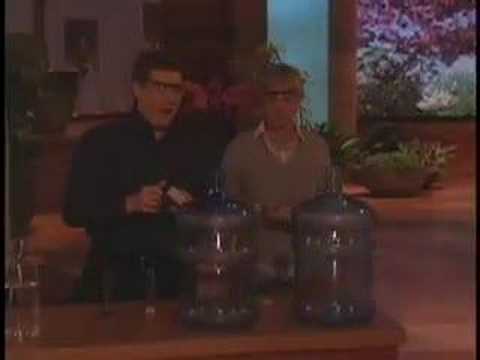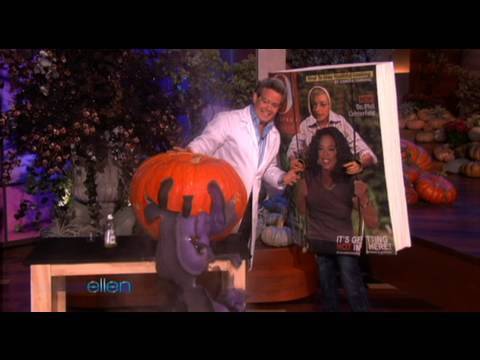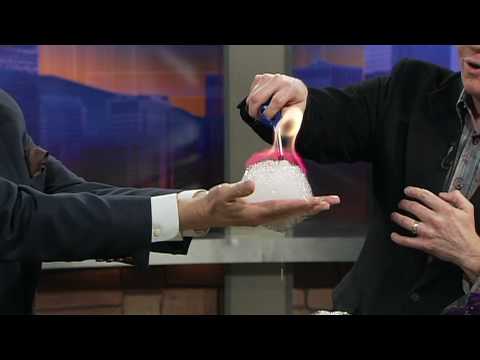Why Does The Flame Pull The Water In?
What’s Steve doing now? ► https://linktr.ee/stevespangler
Other Channels…
The Spangler Effect ► https://www.youtube.com/user/TheSpanglerEffect
Spangler Science TV ► https://www.youtube.com/user/SpanglerScienceTV
Follow Steve’s Daily Posts on…
INSTAGRAM ► https://www.instagram.com/stevespangler/
FACEBOOK ► https://www.facebook.com/stevespangler
TIKTOK ► https://www.tiktok.com/@stevespangler
Steve Spangler is a bestselling author, STEM educator and Emmy award-winning television personality with more than 2,100 television appearances to his credit. Steve appeared as a regular guest on the Ellen DeGeneres Show from 2007-2022. Learn more about Steve at https://stevespangler.com/about-steve-spangler/
Watch Steve’s syndicated television series ► https://bit.ly/2KaO0fT
The SICK Science® series was created by Steve Spangler.
© 2010 Steve Spangler, Inc. All Rights Reserved.
SICK Science is a registered trademark of Steve Spangler, Inc. Reg. No. 4,398,849





The molecules in the beaker absorb energy from the candle, increasing the pressure above the exterior ambient. Pressure in the beaker neutralizes. Less molecules remain in the beaker to absorb energy. at that point and the beaker internal temperature drops, resulting in lower pressure. The exterior ambient pressure forces red water onto the beaker. The candle continues to burn until oxidation stops. Internal temperature and pressure drop and more red water is forced into the beaker until interval and external pressures are equal.
Water goes out is the expanded air with heat
Water goes in has nothing to do with o2 (1 molecule) consumption because you're generating co2 (1 molecule)
The by the time the heat dissipate from the inside air to the bottle (ignoring bottle expansion) and outside environment the air cools off and size reduces, less pressure and water gets in until the inside pressure almost equalizes with the atmospheric pressure
Inside pressure = the atmospheric pressure in mm water – the height of the water column inside the bottle in mm
(using distilled water for both, same density)
It’s not rocket science
PVnrT
Vacuum
Each molecule of O2 consumed generates one molecule of CO2. The rising water is due to the hot gases being cooled, and NOT due to "consumption" of oxygen.
Nooo.. if you will look closely,,its edited, you old maderpaker. Its fake.

How to move a flame
Because fire uses oxygen and the water created the suction as the oxygen gets absorbed by the fire. Like a suction.
Sadly this was taught in 5th grade science class back when high school graduates could read a measuring tape.
p*V/T= const
It’s the fire sucking the oxygen out of the beaker and when there’s no more oxygen it creates a vacuum and forces water up to get the o2 outside of the glass.
The volumes of oxygen and carbon dioxide produced by combustion are approximately equal. The thermodynamic effect related to the heating of the gas inside the glass bulb is decisive. There is a formula for this: p*V=n*R*T